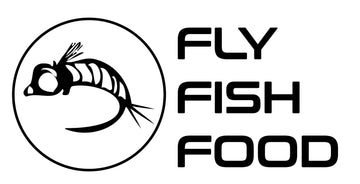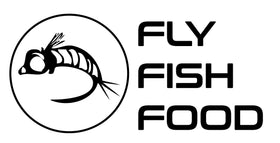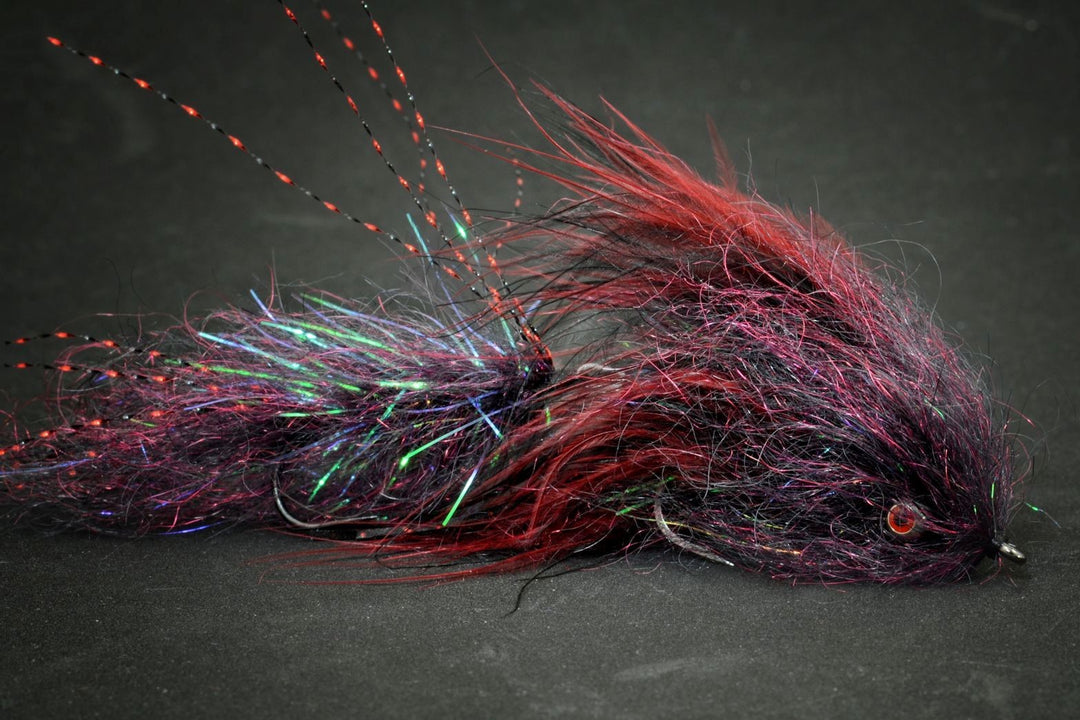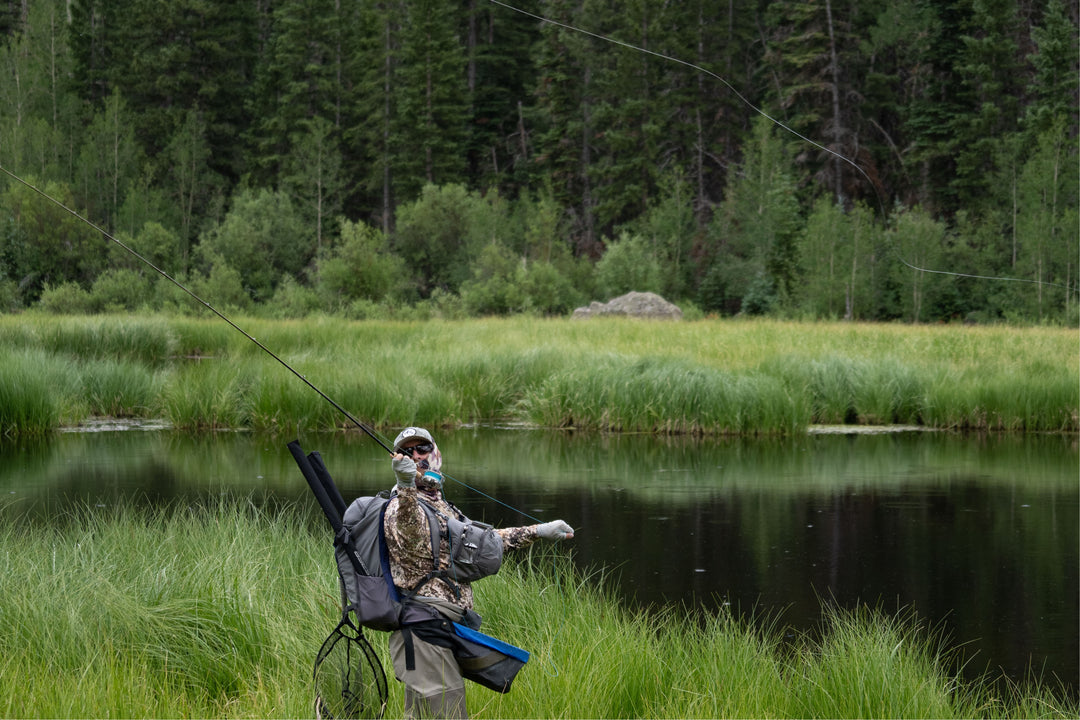Fall River Fly Fishing Report - August 8/23/2025
FALL RIVER FLY FISHING REPORT
Spring creek & freestone sections — timely tactics for August
Report Date: August 23, 2025 | Next Update: August 30, 2025
Current River Conditions
Surface feeding is consistent — late-summer clarity and warm days have the fish keyed into small mayflies and evening caddis. Expect clear water, technical presentations, and good dry-fly windows in the middle of the day and at dusk.
Flows & Clarity
Flow: Low-to-moderate summer flows (typical late-August levels)
Clarity: Mostly clear — visibility often 4–10+ feet in the calmer runs and pockets
Notes: Fish are line-shy in riffles where clarity is highest; edge water and foam lines are productive.
Flow: Low-to-moderate summer flows (typical late-August levels)
Clarity: Mostly clear — visibility often 4–10+ feet in the calmer runs and pockets
Notes: Fish are line-shy in riffles where clarity is highest; edge water and foam lines are productive.
Water Temperature
Current: Mid-to-upper 50s°F into low 60s°F (morning lows, afternoon highs near bank-warmed pockets)
Trend: Gradual warming during the afternoon; cooler in the shaded tailouts and spring-fed seams.
Current: Mid-to-upper 50s°F into low 60s°F (morning lows, afternoon highs near bank-warmed pockets)
Trend: Gradual warming during the afternoon; cooler in the shaded tailouts and spring-fed seams.
Weather Outlook
Forecast: Warm and mostly sunny; afternoons can develop light to moderate breezes (10–15 mph)
Best Windows: Calm mornings and low-light evenings for delicate dry presentations.
Forecast: Warm and mostly sunny; afternoons can develop light to moderate breezes (10–15 mph)
Best Windows: Calm mornings and low-light evenings for delicate dry presentations.
Access & Regulations
Most public access sections are open — check local signage for private stretches. No special closures affecting late-August fishing in the typical public reaches; always carry your license and review boundary signs before launching or walking bank sections.
Most public access sections are open — check local signage for private stretches. No special closures affecting late-August fishing in the typical public reaches; always carry your license and review boundary signs before launching or walking bank sections.
Hatch Chart & Insect Activity (late-August)
| Insect | Typical Size | Activity Level | Prime Time |
|---|---|---|---|
| Tricos (tiny spinners) | #18–22 | Moderate — best in calm mornings | Early morning (first light) |
| Blue-winged Olives / Baetis | #16–20 | High — frequent rises on slow seams | Midday to late afternoon |
| PMDs | #14–18 | Moderate — good match on brighter afternoons | Late morning to mid-afternoon |
| Caddis | #14–18 | Moderate to heavy at dusk | Evening (dusk) |
| Midges | #18–22 | Light-moderate — steady throughout day in pockets | All day, especially low-light |
| Terrestrials (hoppers & ants) | #6–12 (hoppers), #12–18 (ants) | Light-moderate — best on warm afternoons | Afternoon to early evening |
Recommended Flies (patterns matched to available stock)
Below are patterns that match the hatches and tactics working on Fall River right now — each pattern links to a ready-tied option you can order or study before you tie your own.
| Pattern | Use | Size |
|---|---|---|
| Parachute Adams | General attractor dry — good when rises are picky or mixed bugs | #14–18 |
| Parachute - Blue Wing Olive | BWO match — mid-day feeder | #16–20 |
| Split Case - PMD | PMD emergers/dry-dropper anchor | #14–18 |
| Corn-fed Caddis (CDC) - Olive | Skittering caddis on evening rises | #14–18 |
| Black Zebra Midge (TBH) | Midge fishing in pockets and slow tails | #18–22 |
| Pheasant Tail - Tungsten | All-purpose mayfly nymph — staple for indicator work | #14–18 |
| Tungsten Pat's Rubber Legs | Stonefly and large nymph runs — dead-drift or euro | #6–10 |
| Egan's Warrior Perdigon - Rainbow | Perdigon-style nymph for sighted fish and tight currents | #16–20 |
| Coffey's Articulated Sparkle Minnow - Sculpin (#4) | Streamer for deeper runs and structure; imitates sculpin/baitfish | #4–6 |
| Sculpzilla - Natural | Big, slow-strip streamer for low-light takes | #2–6 |
| Bionic Hopper - Tan | Terrestrial topwater — afternoons and bank-wary fish | #8–12 |
| Taylor's Fat Albert - Tan | Attractor/hopper for stubborn fish and choppy water | #6–10 |
Tactics & How to Fish It
Morning (first light): Small trico/midge patterns under an indicator or a tiny dry when spinners appear. Focus tight to seams and soft water behind rocks.
Midday: Baetis and PMD windows — long leaders (10–14 ft) with a size-18–20 point nymph (Perdigon or Zebra Midge) and a slightly larger dropper work extremely well. When you see commas or film rises, switch to a matched dry (BWO/PMD).
Afternoon: Terrestrials and hopper-dropper rigs along sunny banklines. Fish the foam seams and any slack-water seams where trout hold and sip terrestrials off the surface.
Evening: Skittering caddis and larger emergers — long, delicate presentations and a drag-free drift will put more fish in the net. If fish go silent, try a slow-stripped sculpin streamer through deeper runs as light fades.
Nymphing Notes: Use tungsten beadheads or slim Perdigons for fast current; tighten your leader and use an indicator where depth/cover hide fish. For technical clear water, downsize and go stealthy — long tippets (6X–7X) and muted split-shot when needed.
Streamer Approach: Strike-indicator style short strips in pockets, or slow 1–2 second strips in faster runs. Watch for subtle head-and-shoulder strikes rather than explosive takes in clear water.
Midday: Baetis and PMD windows — long leaders (10–14 ft) with a size-18–20 point nymph (Perdigon or Zebra Midge) and a slightly larger dropper work extremely well. When you see commas or film rises, switch to a matched dry (BWO/PMD).
Afternoon: Terrestrials and hopper-dropper rigs along sunny banklines. Fish the foam seams and any slack-water seams where trout hold and sip terrestrials off the surface.
Evening: Skittering caddis and larger emergers — long, delicate presentations and a drag-free drift will put more fish in the net. If fish go silent, try a slow-stripped sculpin streamer through deeper runs as light fades.
Nymphing Notes: Use tungsten beadheads or slim Perdigons for fast current; tighten your leader and use an indicator where depth/cover hide fish. For technical clear water, downsize and go stealthy — long tippets (6X–7X) and muted split-shot when needed.
Streamer Approach: Strike-indicator style short strips in pockets, or slow 1–2 second strips in faster runs. Watch for subtle head-and-shoulder strikes rather than explosive takes in clear water.
Where to Focus
- Shallow foam lines and seam water along the banks for selective dry-fly rises.
- Head of pools and softer tails for nymphing — slow, drag-free drifts are essential.
- Rocky cutbanks, undercut ledges, and deeper troughs for streamer hookups.
- Spring-fed seams and tailouts for cooler water and consistent holding fish during warm afternoons.
Quick Checklist for Your Trip
- Rods: 9' 5–6 wt for dries/streamers; 10' 3–5 wt or nymphing setup for tight presentations.
- Leader/tippet: 9–12 ft tapered leaders for dries, long (10–14 ft) leaders with 4–8 ft of thin tippet for picky fish (6X–7X when necessary).
- Essential flies: small midges and Baetis dry/nymphs, PMD split-case, Corn-Fed caddis, Pheasant Tail tungsten, Pat's Rubber Legs, small Perdigons, sculpin streamers, a hopper or Fat Albert.
- Gear: wading staff, polarized sunglasses, head net (for caddis-heavy evenings), and insect repellent for dusk sessions.




